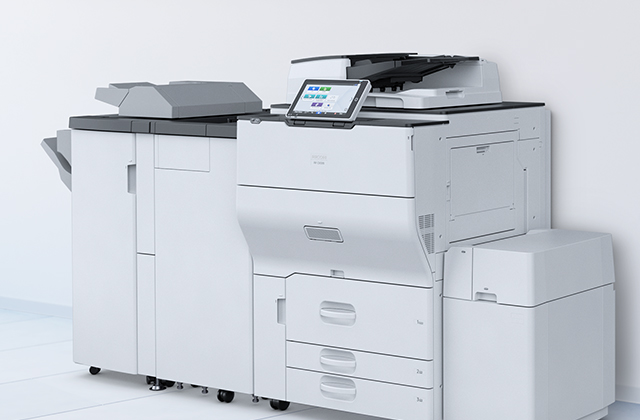The 3 key benefits of digitised document management for Finance

Document management for Finance
1. Fast storage and retrieval of information
2. Quicker management of delivery notes
3. Agile response to inquiries
Discover our Business Process Management Solutions
We optimise your business processes to enable your staff to deliver more; providing the technology, expertise and support to streamline and simplify processes across your organisation.
Let’s connect
Talk to a Ricoh expert
Transform your workplace with Ricoh’s Managed Print and Automation Services.
Boost efficiency, reduce costs, and accelerate your journey towards digital transformation.
Contact us












